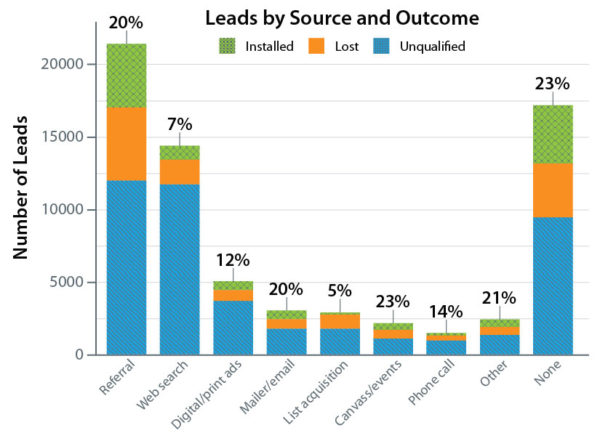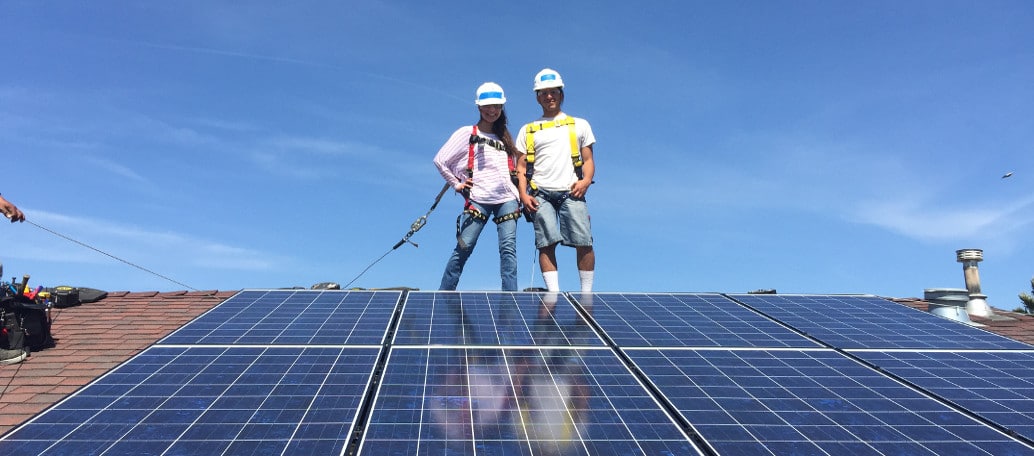Customer acquisition costs have been rising in the residential solar industry, as the customer profile shifts from early adopters, technophiles, and pragmatists to a larger inclusion of the general population. Take GRID Alternatives of California, for example, which spends about $1,200 per install on customer acquisition alone.
One area that solar adoption has lagged is in low- to moderate-income (LMI) families, or those that are defined as earning less than 80% of the median family income for the area. Program disqualification due to a complex set of eligibility requirements is one of the main causes of these families losing interest in looking into solar, said the National Renewable Energy Laboratory (NREL). However, NREL discovered that many qualified customers are losing interest, as well.
NREL, along with the Department of Energy (DOE) Solar Energy Technologies Office (SETO), partnered with California’s GRID Alternatives to break down what happens to how solar leads get “lost.”
With an aggregation of multiple datasets of solar the solar lead lifecycle in California through 2018, NREL was able to analyze the outcome of different marketing strategies.

It found that referrals are pivotal to adoption. Not only was a referred customer more likely to install solar, they were also more likely to refer more connections in their own networks.
Based on the results, NREL recommended that state solar programs be designed with referral mechanisms, saving time and resources on converting prospective solar adopters. It also recommended a loosening of qualification requirements so that more households may be eligible.
NREL plans to discuss strategies from scaling up solar in LMI communities in a webinar on December 22nd.
This content is protected by copyright and may not be reused. If you want to cooperate with us and would like to reuse some of our content, please contact: editors@pv-magazine.com.









By submitting this form you agree to pv magazine using your data for the purposes of publishing your comment.
Your personal data will only be disclosed or otherwise transmitted to third parties for the purposes of spam filtering or if this is necessary for technical maintenance of the website. Any other transfer to third parties will not take place unless this is justified on the basis of applicable data protection regulations or if pv magazine is legally obliged to do so.
You may revoke this consent at any time with effect for the future, in which case your personal data will be deleted immediately. Otherwise, your data will be deleted if pv magazine has processed your request or the purpose of data storage is fulfilled.
Further information on data privacy can be found in our Data Protection Policy.